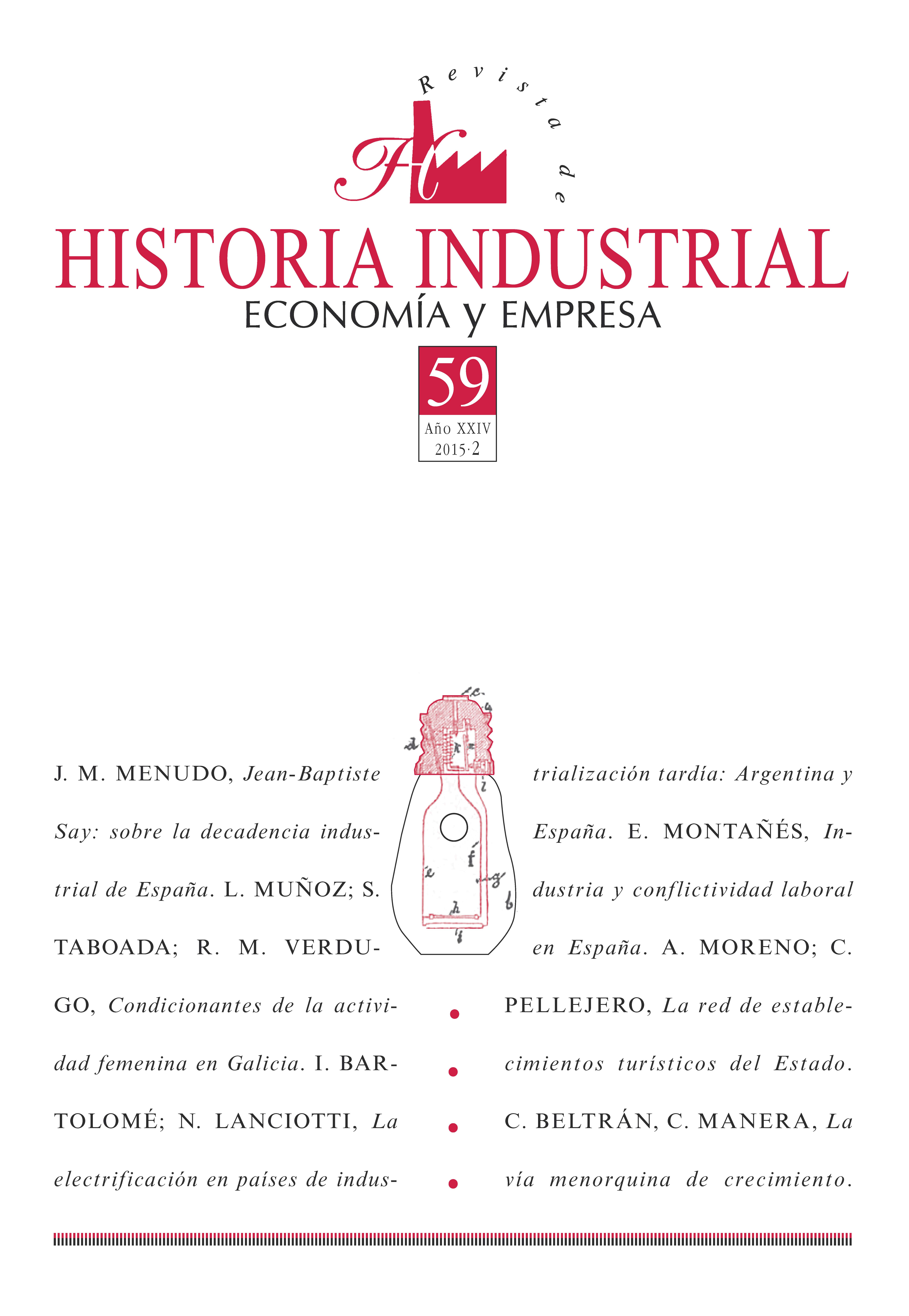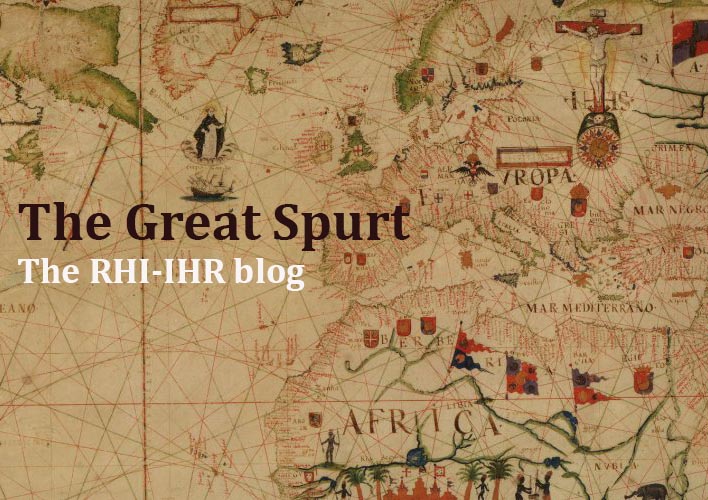Electrification in Late Industrialized Countries: Argentina and Spain, 1890- 1950
Keywords:
Global Electrification, Hydropower, Argentina, SpainAbstract
Aimed at contributing to study of the electrification of peripheral host economies, this article examines the evolution and characteristics of electricity systems in Spain and Argentina from the early 19th century until the second postwar period. The global management and financingof electric utilities promoted their rapid expansion throughout the Western world, but the evolution of electricity systems in each country greatly diverged according to the timing of industrialisation and local conditions. The article shows that the evolution, profitability and extent
of electricity systems depended upon economic conditions, market structures and the natural resources available in each country. While we identify similar trends of electricity production and consumption, the structure of both electricity markets reveals great contrasts. A very profitable electricity system which primarily served the Pampas region became consolidated in Argentina, while the early development of hydroelectricity associated with more diversified regional production
made way for a less profitable, but more extended and equitable system in Spain.
Downloads
Downloads
Published
How to Cite
Issue
Section
License
The author assigns all rights to the publisher. Creative Commons
The author who publishes in this journal agrees to the following terms:
- The author assigns all intellectual property rights exclusively to the publisher for the entire duration of the applicable intellectual property rights.
- The publisher will distribute the texts under the Creative Commons Attribution License, which allows others to share the work, provided that they acknowledge the authorship, its initial publication in this journal, and the conditions of the license.





